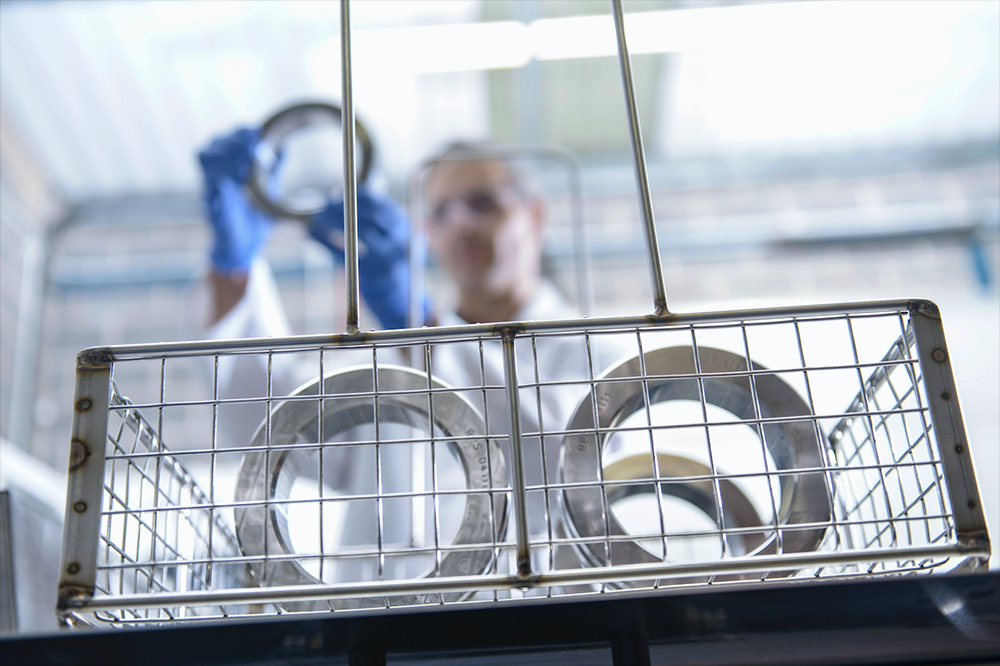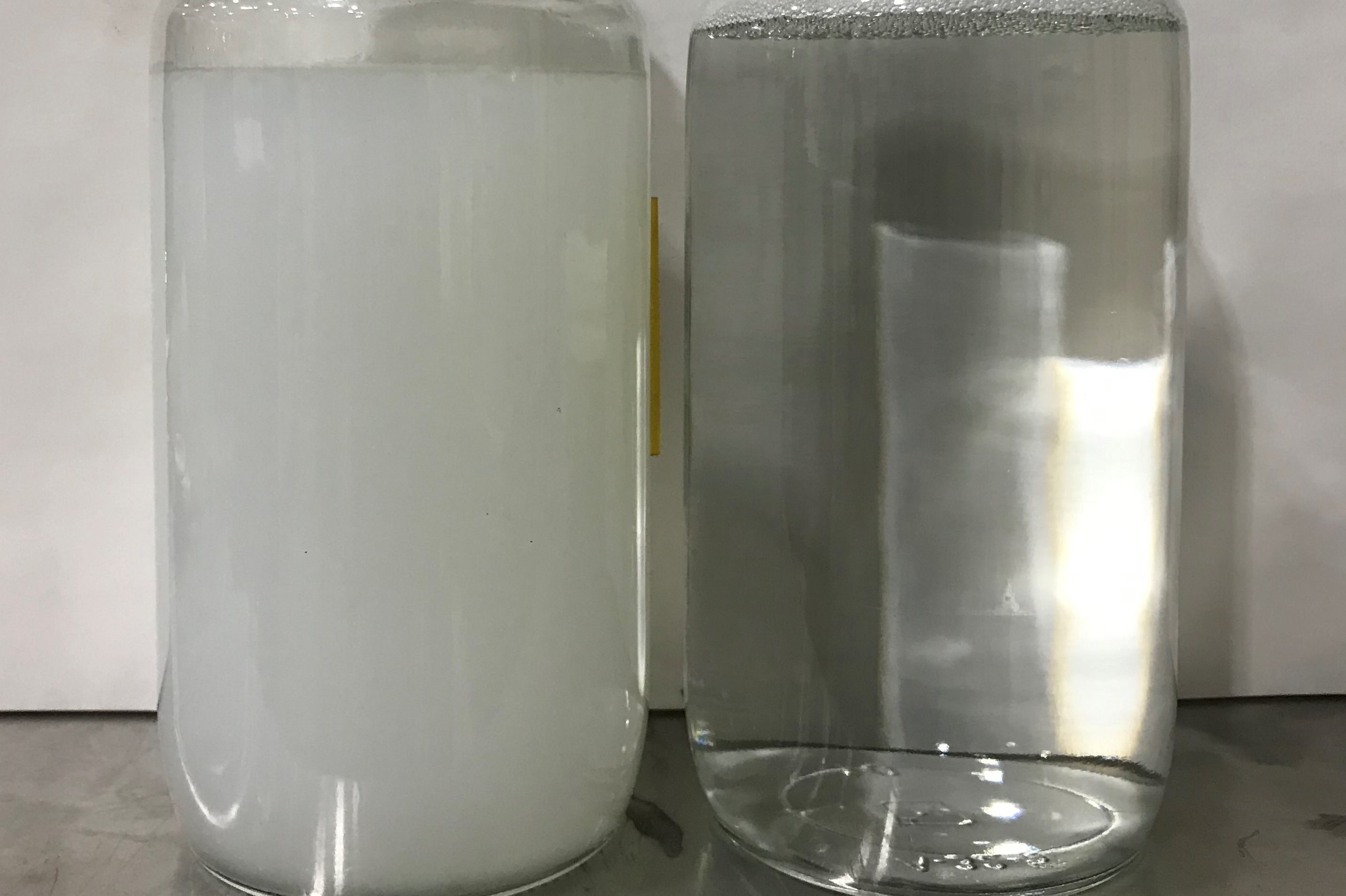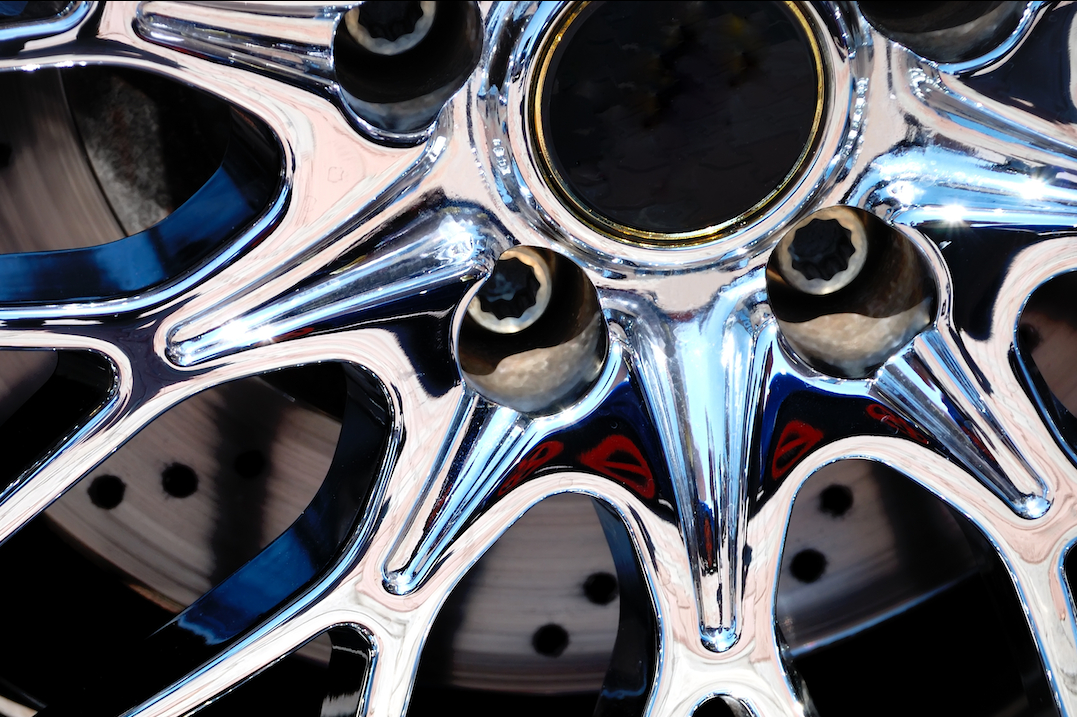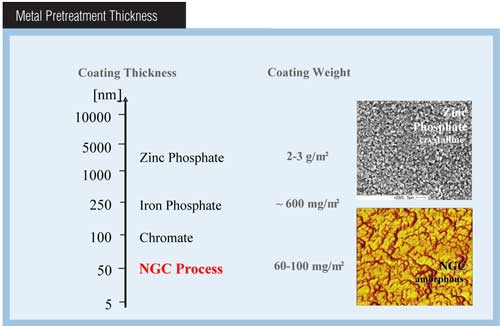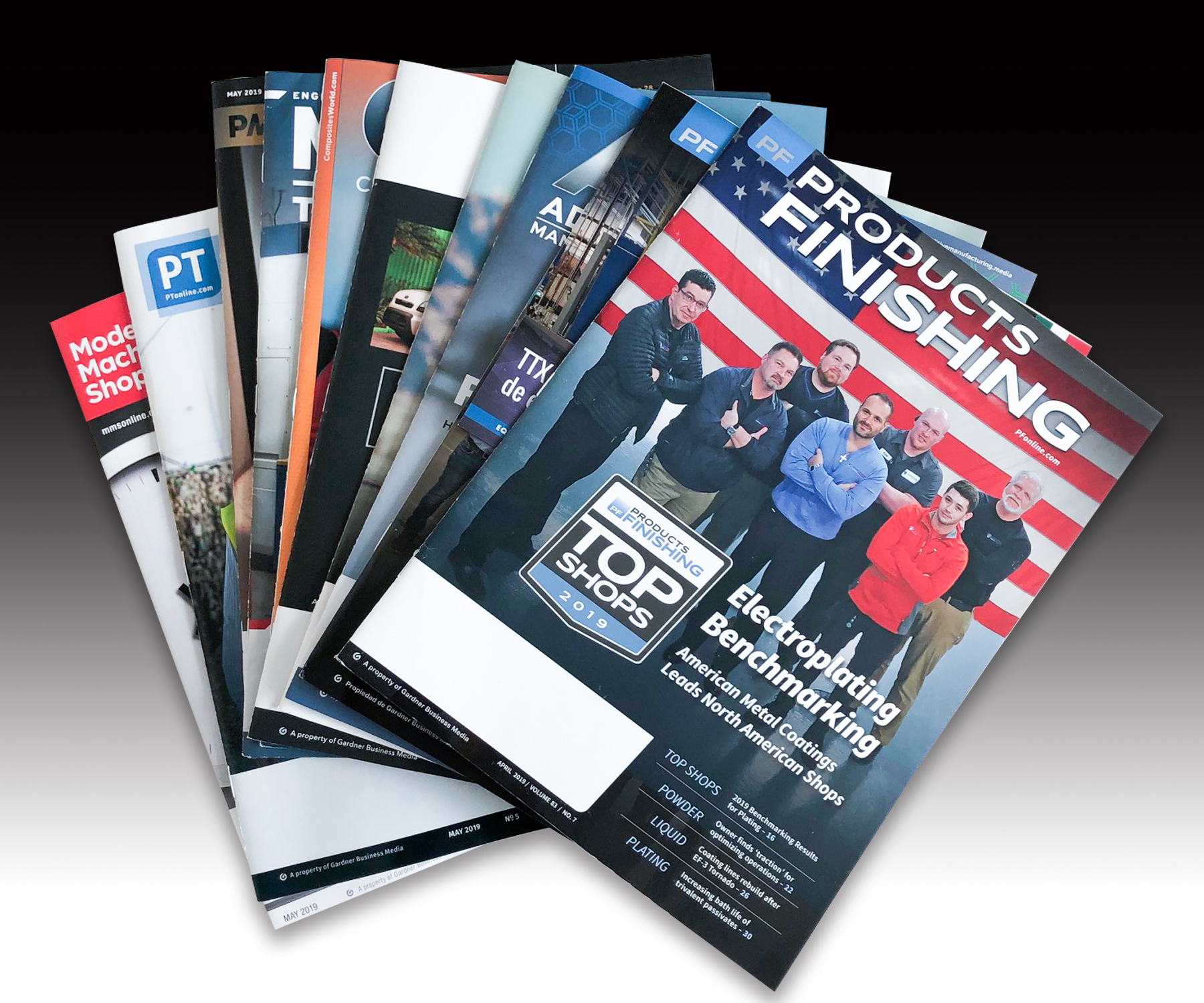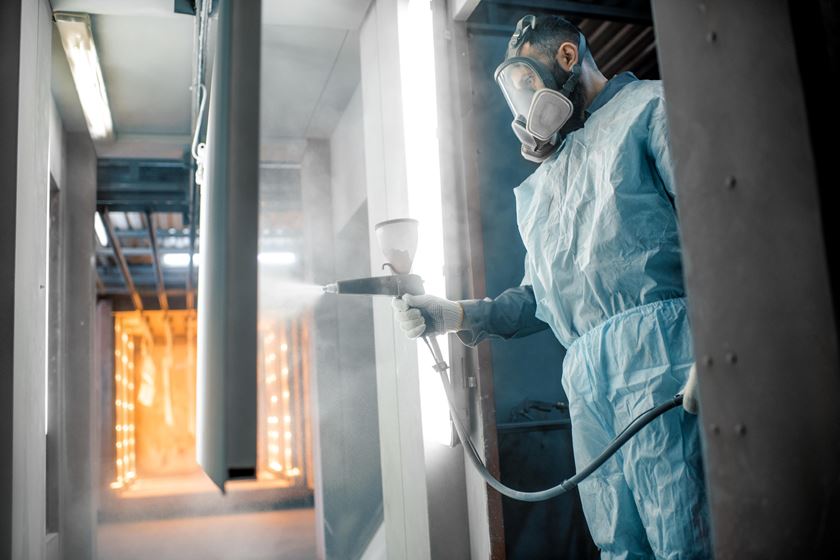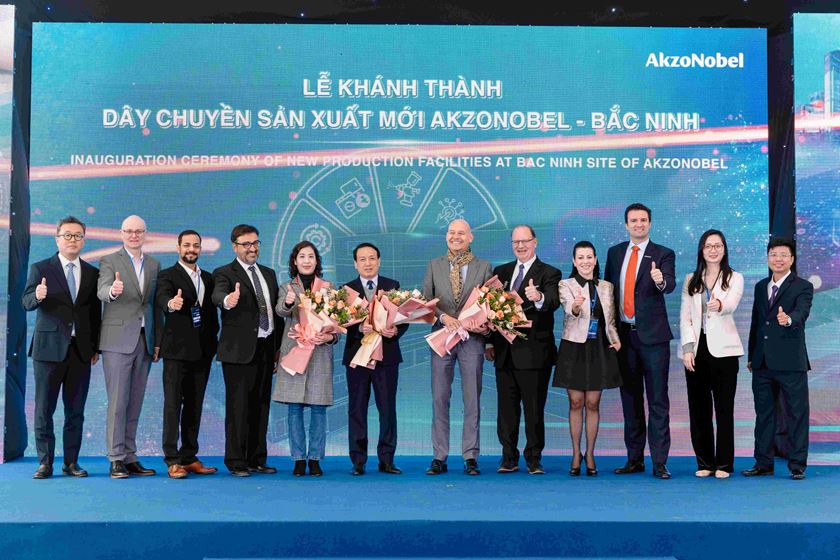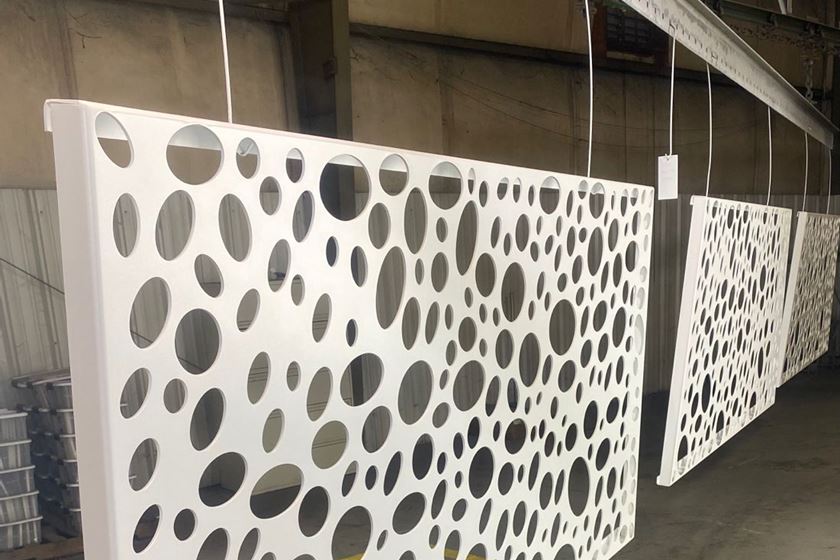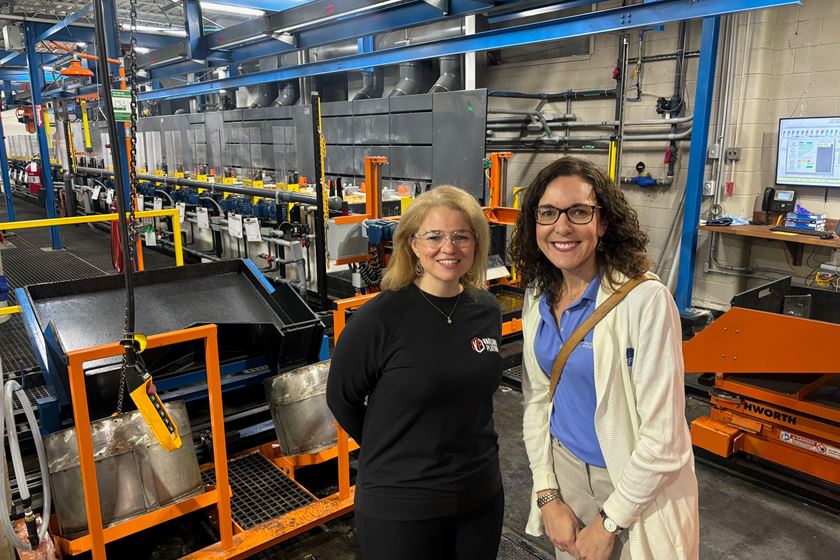Sweden's Impact Coatings Developing Hyundai Fuel Cell Coatings
Development agreement of coating technology for metal bipolar plates, a key component of hydrogen fuel cell electric vehicles.
#vacuum-vapor #automotive
Impact Coatings in Sweden and Hyundai Motor Company in South Korea have entered into a joint development agreement of coating technology for metal bipolar plates, a key component of hydrogen fuel cell electric vehicles.
Impact Coatings supplies PVD-based coatings for fuel cells and offers coating materials, machines and services. Hyundai is one of the world’s largest automotive manufacturers and is at the forefront of hydrogen fuel cell electric vehicle development. The group includes Kia Motors, Hyundai Mobis and Hyundai Steel. Its commercial activities in the hydrogen fuel cell segment include the Hyundai NEXO SUV and the joint venture Hyundai Hydrogen Mobility in collaboration with H2 Energy in Sweden, which encompasses a rollout of 1,600 fuel cell-powered, heavy-duty trucks from 2019 to 2025.
According to Torbjörn Sandberg, CEO of Impact Coatings, the joint development agreement states that the companies will “jointly research and develop novel materials, processes and equipment for coatings for applying it into bipolar plates for a variety of applications, including fuel cells and/or hydrogen production.”
The agreement specifies customary commercial terms and conditions pertaining to scope of work, exclusivity, treatment of intellectual property rights and sales support. Visit impactcoatings.se.
RELATED CONTENT
-
Plastics and Plating on Plastics [1944]
This republished 1944 AES convention paper presents an historic perspective of the early days of plastics in surface finishing - using them and plating on them, in the waning years of World War II. The discussion reviews the uses of plastics in plating equipment and processing at that time, as well as the coating of the plastics themselves, with accompanying application photos. You will note that today’s conventional plating-on-plastics processes lay far in the future. Surprisingly, CVD processes are discussed.
-
Extending Bath Life and Reducing Process Challenges in Vapor Degreasing Systems
How using a stabilizer can extend your bath life and help you avoid costly system repairs.
-
A Lustrous Example of Expanding a Plating Operation
Ohio’s Lustrous Metal Coatings Pins Growth on Acquiring Other Manufacturing Operations




